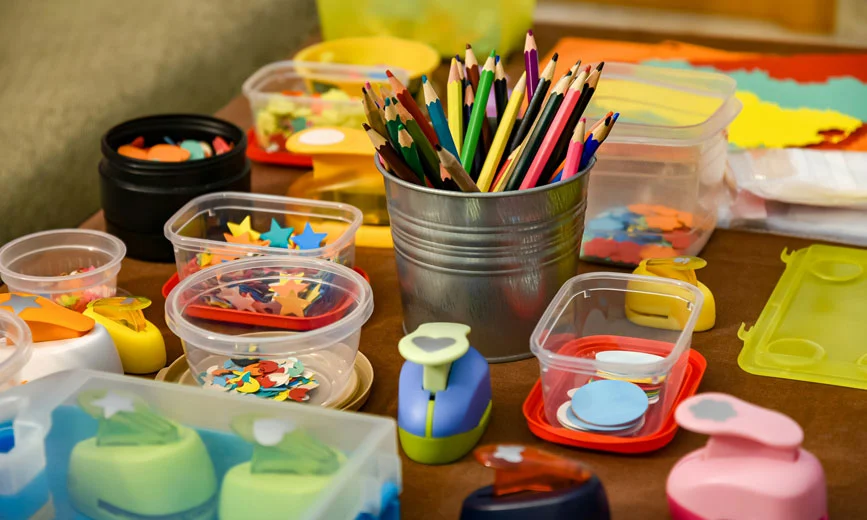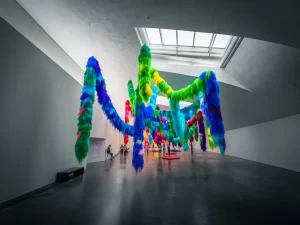Unpacking the Revival of Traditional Portuguese Crafts
Introduction
Portugal, with its rich cultural heritage, boasts a diverse landscape of traditional crafts that tell stories of centuries past. In recent years, there has been a remarkable resurgence of interest and appreciation for these time-honored practices. This article delves into the revival of traditional Portuguese crafts, exploring specific examples, analyzing contributing factors, addressing challenges, and proposing opportunities for further growth.
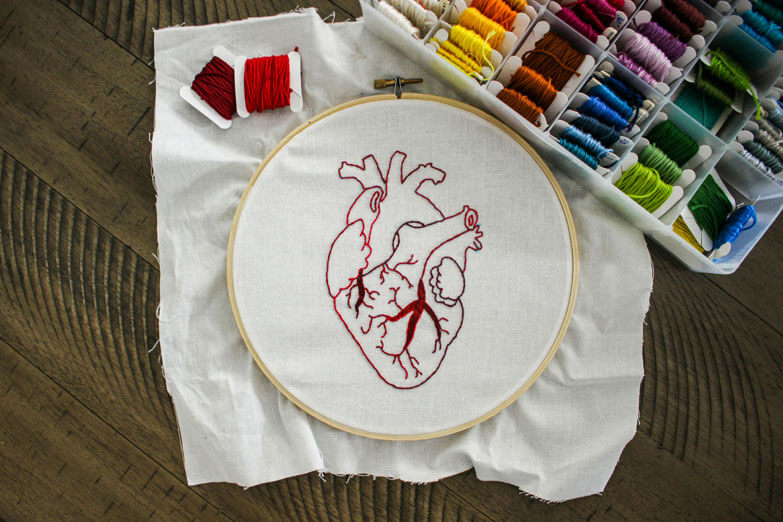
Exploring Specific Crafts
Azulejos
Azulejos, hand-painted ceramic tiles, have adorned Portuguese buildings for centuries. Beyond their decorative function, they depict historical events and cultural symbols. Challenges include competition from modern materials, but contemporary applications in interior design and art are revitalizing this craft.
Bordado Madeira
Bordado Madeira, exquisite embroidery, showcases intricate floral and geometric patterns. This craft has faced challenges due to changing fashion trends, but a resurgence in interest, particularly in handmade and sustainable fashion, is breathing new life into this art form.
Cestaria
Cestaria, traditional basket weaving using natural materials, is deeply rooted in Portuguese culture. The challenges of mass-produced plastic alternatives are being countered by a growing demand for sustainable and eco-friendly products, showcasing the timeless beauty of handmade baskets.
Cerâmica
Cerâmica, handcrafted pottery, showcases unique shapes and glazes. While faced with competition from factory-produced ceramics, the allure of bespoke and artistically crafted pottery is finding a contemporary audience in home decor and collectibles.
Filigrana
Filigrana, delicate jewelry made with fine gold or silver threads, is an intricate craft with a storied history. Contemporary adaptations and collaborations with modern designers are ensuring that this traditional art form remains relevant and appealing to a broader audience.
Renda de Bilros
Renda de Bilros, bobbin lace, is a complex technique creating intricate lace patterns. Challenges include competition from machine-made lace, but innovative applications in fashion and interior design are renewing interest in this delicate craft.
Factors Contributing to the Revival
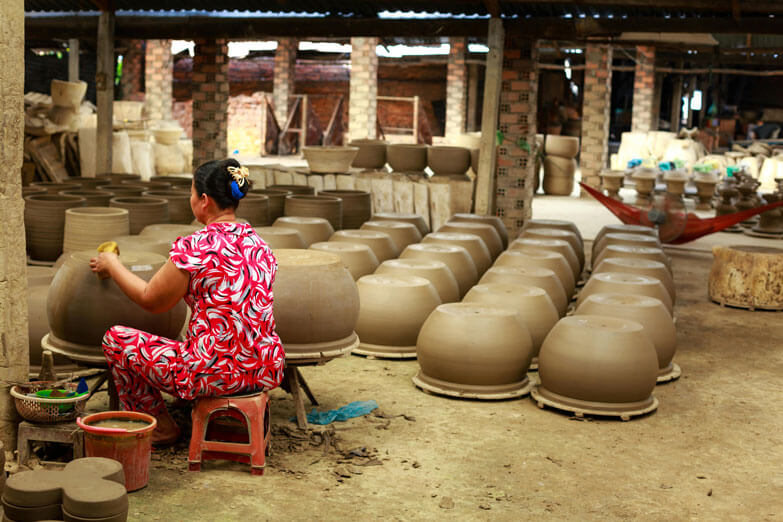
Increased Cultural Awareness
Growing appreciation for heritage and local traditions is a driving force behind the revival of traditional Portuguese crafts. People are seeking connections to their roots and valuing the stories embedded in handmade products.
Economic Benefits
Traditional crafts contribute significantly to local economies. The influx of tourists seeking authentic experiences and the purchase of handmade crafts are boosting local artisans and sustaining cultural practices.
Sustainable Practices
The emphasis on environmentally friendly materials and techniques aligns with the global shift towards sustainability. Traditional crafts, often utilizing natural and renewable resources, are gaining traction in a world increasingly conscious of ecological impact.
Uniqueness and Authenticity
In an era dominated by mass-produced goods, the uniqueness and authenticity of handcrafted products are becoming increasingly appealing. Consumers seek items with a story, a history, and a connection to the hands that crafted them.
Social and Community Impact
Preserving cultural heritage and creating jobs within local communities are significant aspects of the revival. Traditional crafts not only enrich individual lives but also foster a sense of community and shared identity.
Challenges and Opportunities
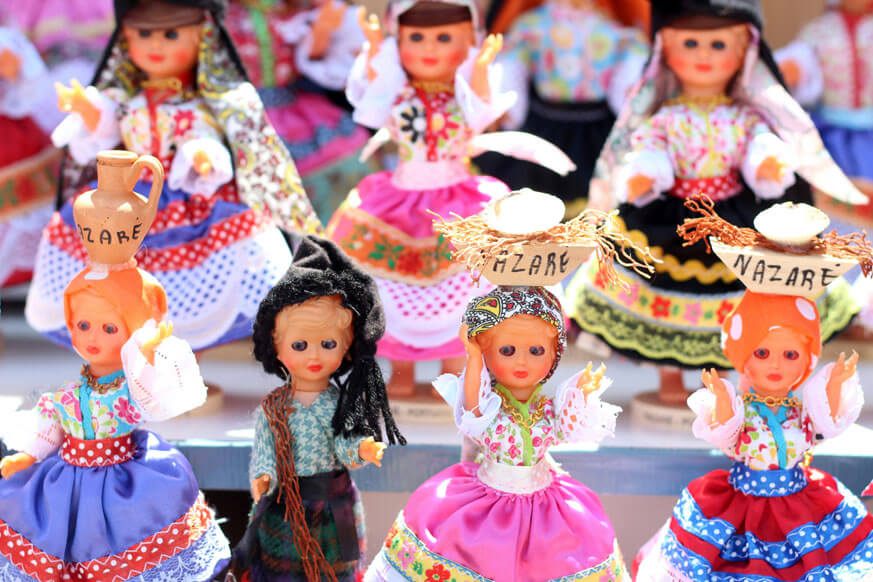
Ongoing Challenges
Competition from Mass-Produced Goods
While traditional crafts offer unique qualities, they face stiff competition from mass-produced alternatives that are often more affordable. Balancing cost considerations with the value of craftsmanship is an ongoing challenge.
Lack of Younger Generation Involvement
Attracting younger generations to learn and carry on these traditions is a persistent challenge. Changing lifestyles and career preferences make it essential to find innovative ways to engage and educate the youth about traditional crafts.
Preserving Traditional Techniques
Ensuring the transmission of knowledge and skills from older generations to the younger ones is critical. Without proper preservation efforts, certain techniques and nuances unique to traditional crafts may be lost.
Potential Opportunities
E-commerce and Online Platforms
The rise of e-commerce provides an opportunity for artisans to reach a broader market. Online platforms enable global accessibility, allowing traditional crafts to find new audiences and thrive in the digital age.
Collaboration with Designers and Artists
Collaborating with contemporary designers and artists offers the potential for traditional crafts to evolve. Infusing modern aesthetics and functionalities into traditional products creates a bridge between the past and the present.
Educational Programs
Promoting craft learning in schools and workshops ensures that younger generations not only appreciate traditional crafts but also actively participate in their continuation. Educational initiatives play a crucial role in passing down skills and fostering interest.
Government Initiatives
Government support, both financial and promotional, can significantly impact the revival of traditional crafts. Incentives, grants, and policies that prioritize and protect these cultural practices contribute to their sustainability.
Conclusion
Preserving and nurturing traditional Portuguese crafts is not just about safeguarding cultural heritage; it is an investment in sustainable practices, local economies, and the very essence of what makes Portugal unique. The ongoing revival signifies a return to authenticity, craftsmanship, and the celebration of stories embedded in every handmade piece. As consumers, enthusiasts, and advocates, let us actively support and appreciate these time-honored crafts, ensuring their continued existence for future generations.

Key Takeaways
- Traditional Portuguese crafts are experiencing a revival driven by cultural awareness, economic benefits, sustainability, uniqueness, and community impact.
- Specific crafts, including Azulejos, Bordado Madeira, Cestaria, Cerâmica, Filigrana, and Renda de Bilros, have historical significance and are overcoming challenges through contemporary applications.
- The revival is contributing to local economies, preserving cultural heritage, and creating sustainable practices. Challenges include competition from mass-produced goods and the need to pass down traditional techniques to younger generations. Opportunities lie in e-commerce, collaborations, education, and government support.
FAQs
Q: What are some traditional Portuguese crafts experiencing a revival?
Crafts such as Azulejos, Bordado Madeira, Cestaria, Cerâmica, Filigrana, and Renda de Bilros are experiencing a resurgence of interest and appreciation.
Q: What factors contribute to the revival of traditional crafts?
Increased cultural awareness, economic benefits, sustainable practices, uniqueness, and community impact are key factors driving the revival of traditional Portuguese crafts.
Q: What challenges do traditional crafts face?
Challenges include competition from mass-produced goods, difficulty attracting younger generations, and the need to preserve traditional techniques.
Q: How can traditional crafts adapt to the modern era?
Opportunities for adaptation include utilizing e-commerce and online platforms, collaborating with designers, implementing educational programs, and receiving government support.
Q: How can individuals support traditional Portuguese crafts?
Individuals can support traditional crafts by purchasing handmade products, participating in educational programs, visiting craft workshops and museums, and advocating for government initiatives that promote cultural heritage.

